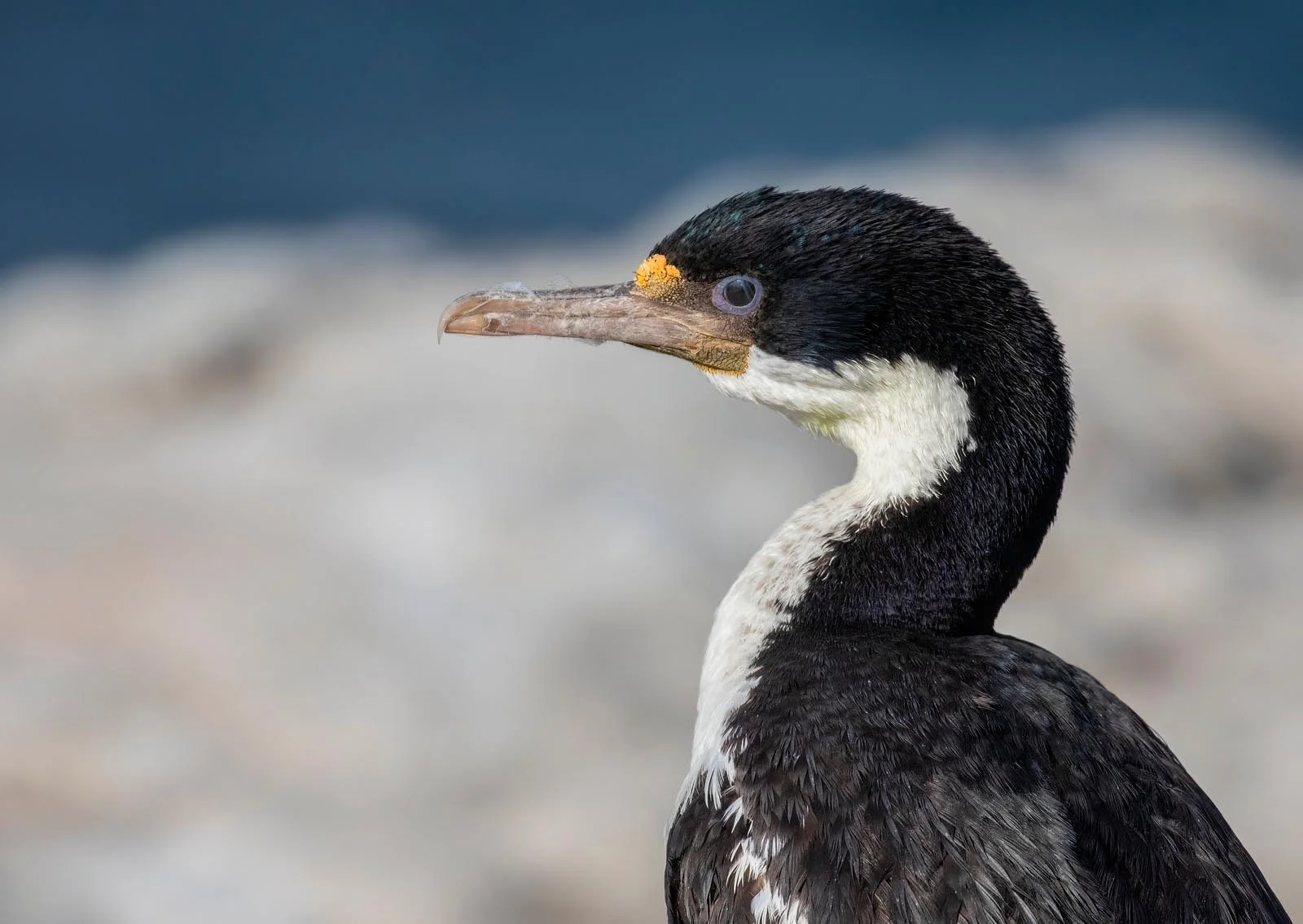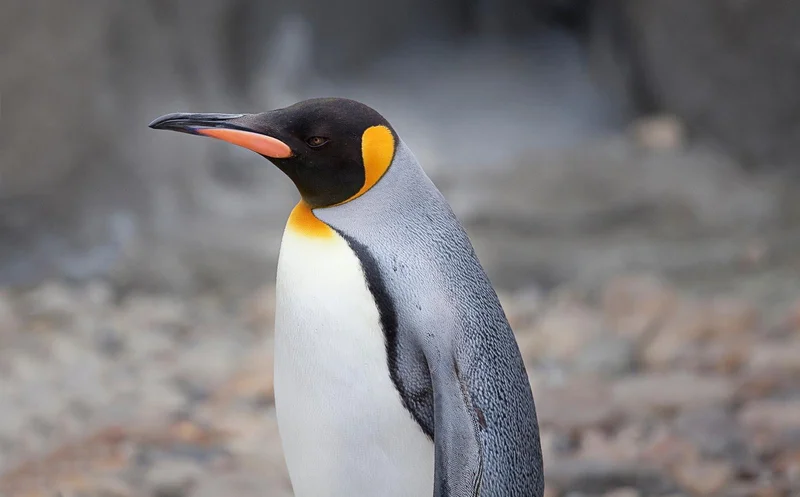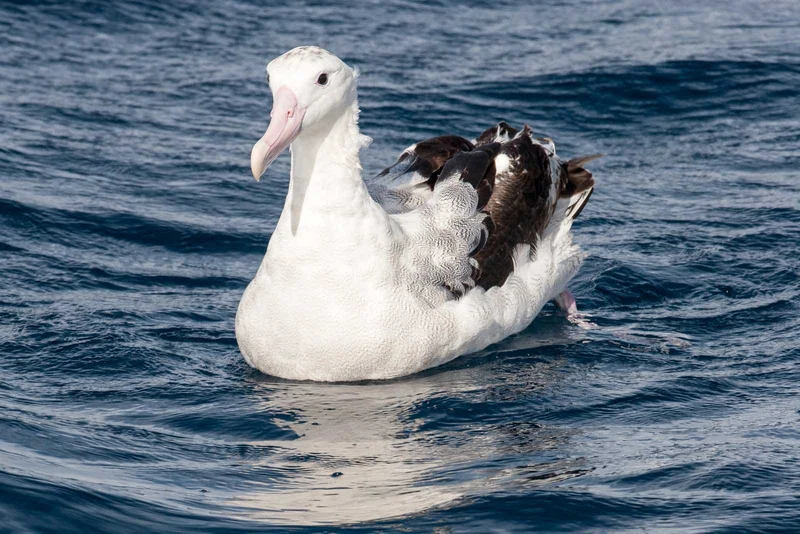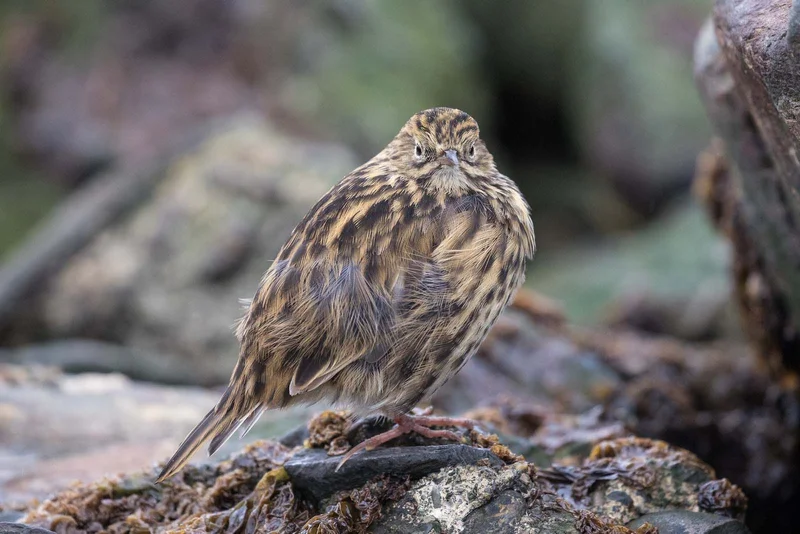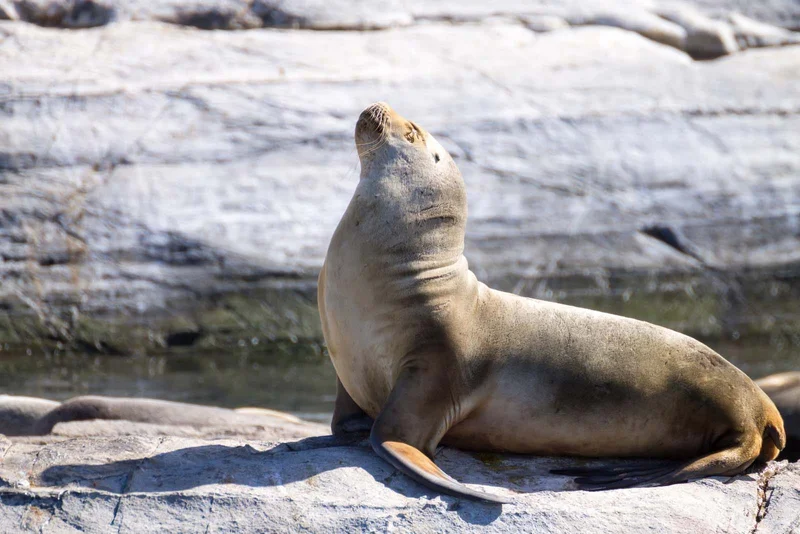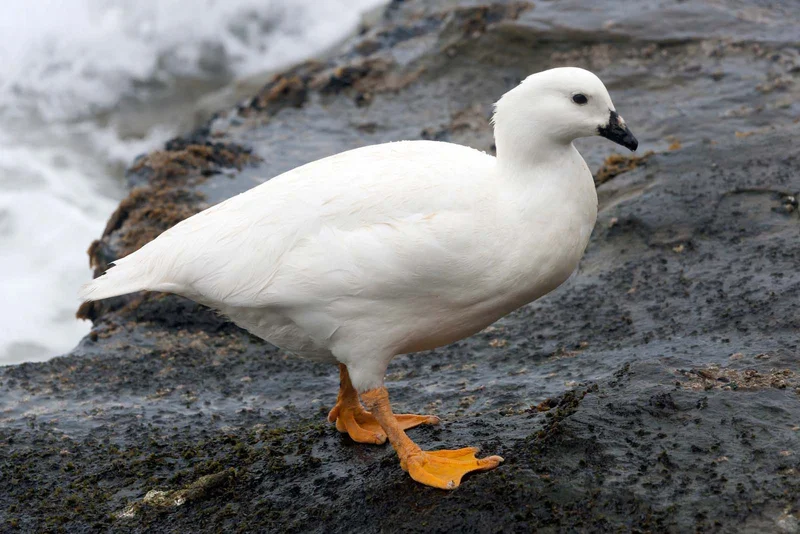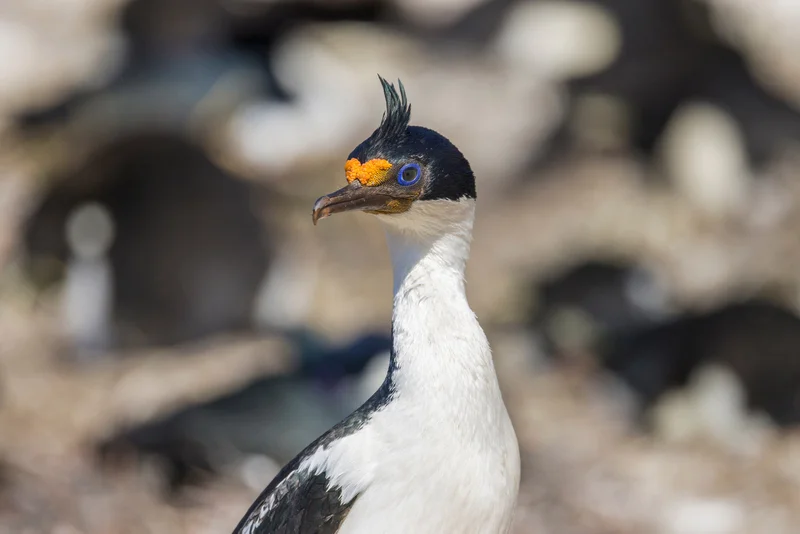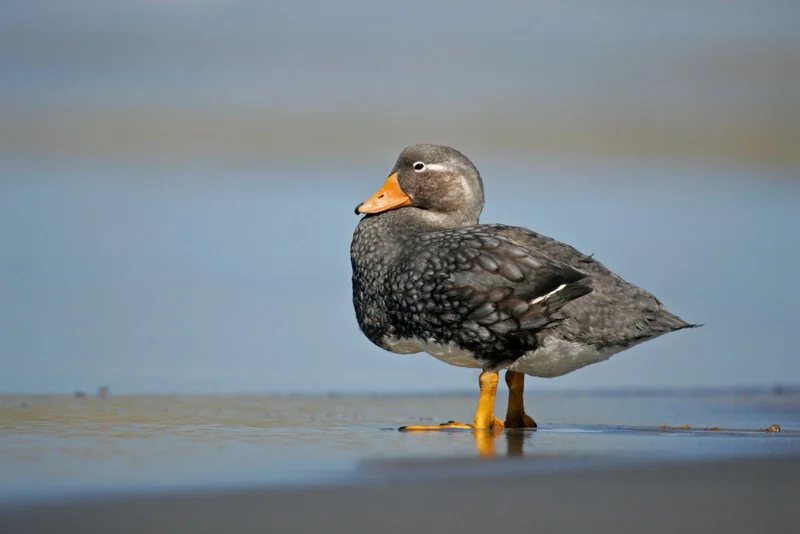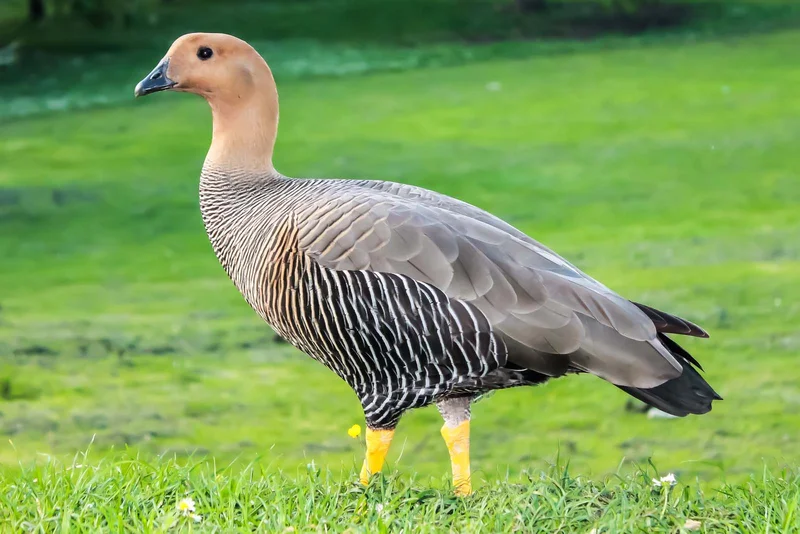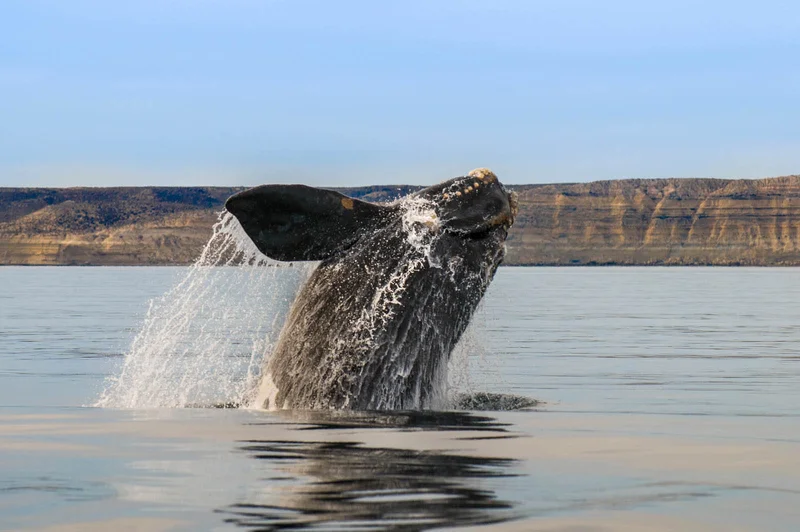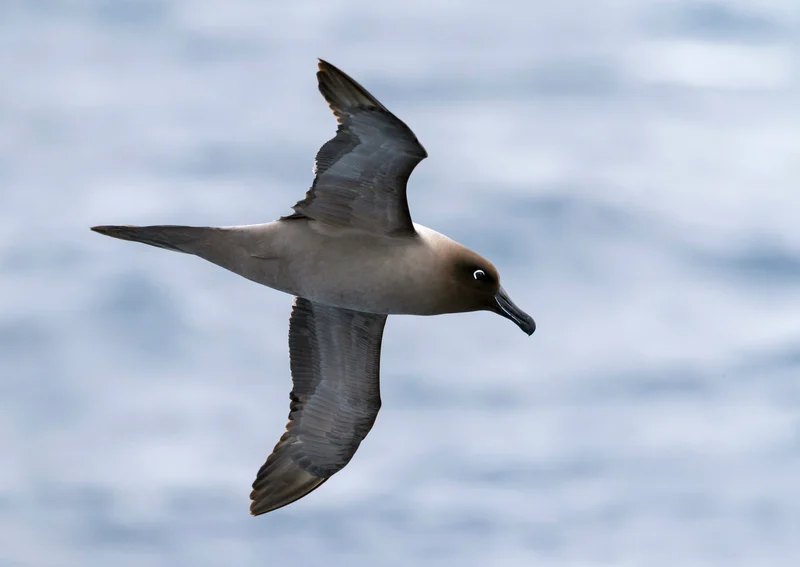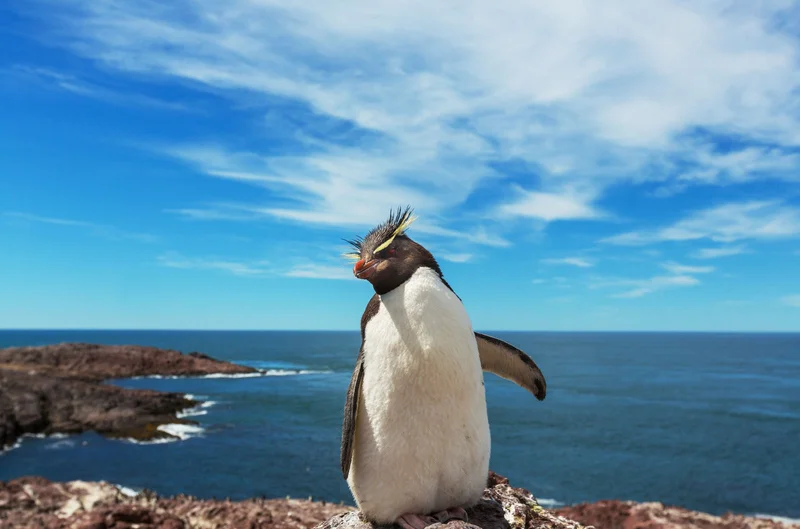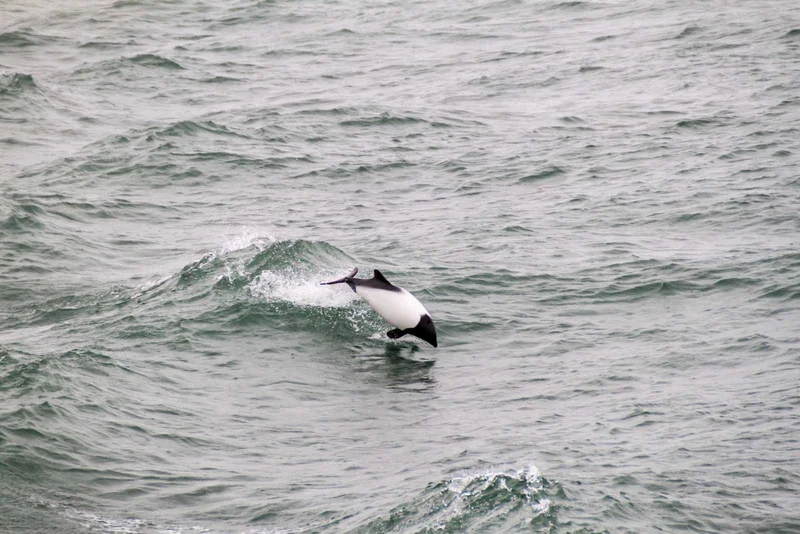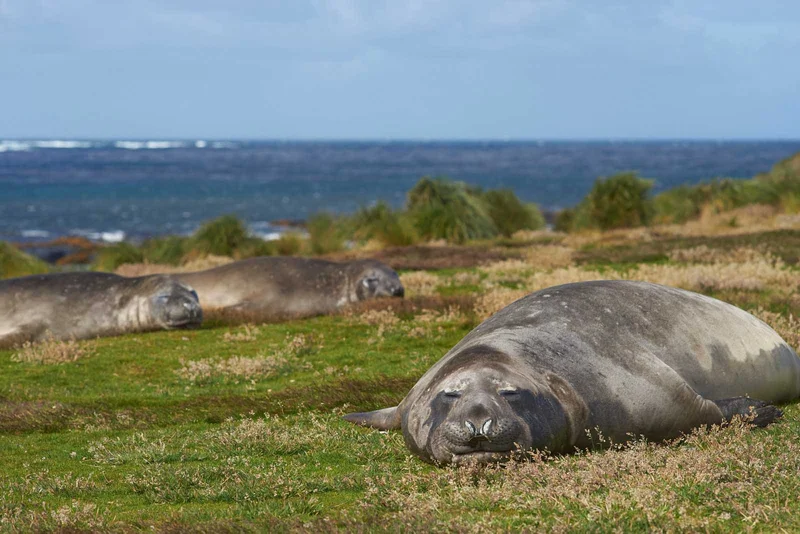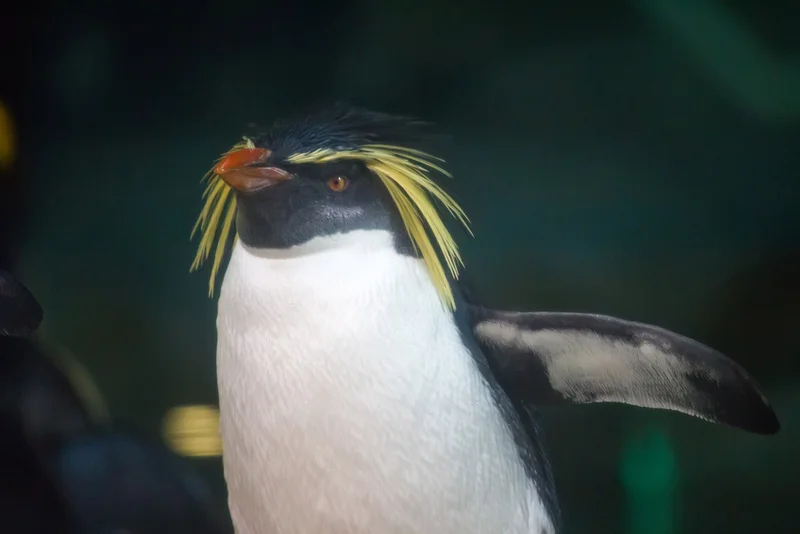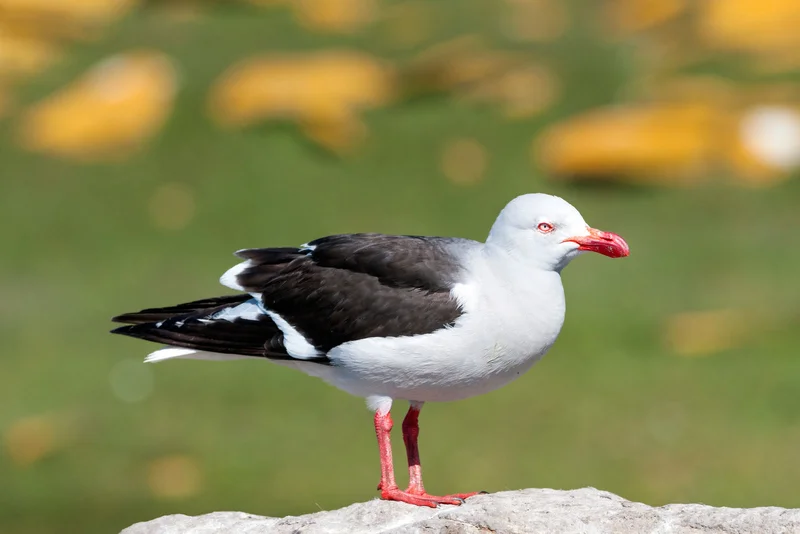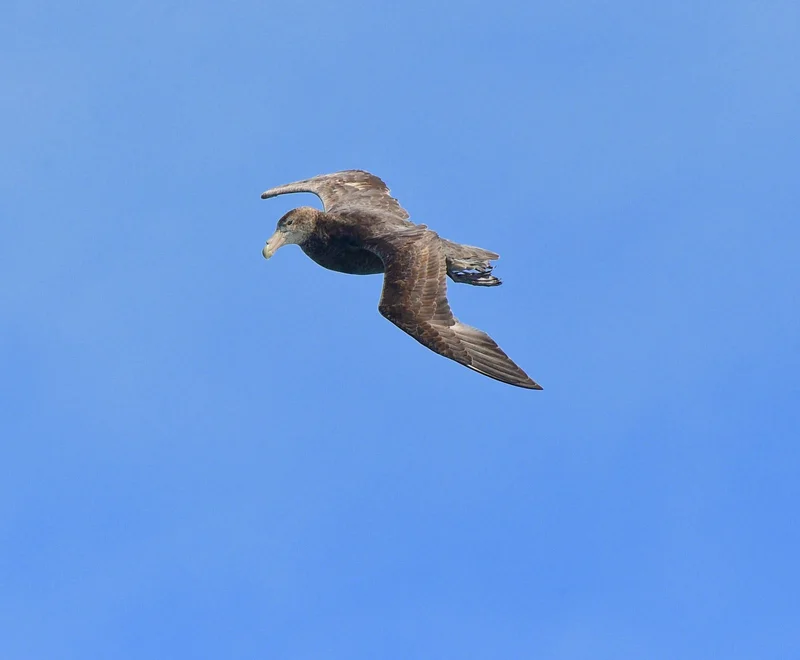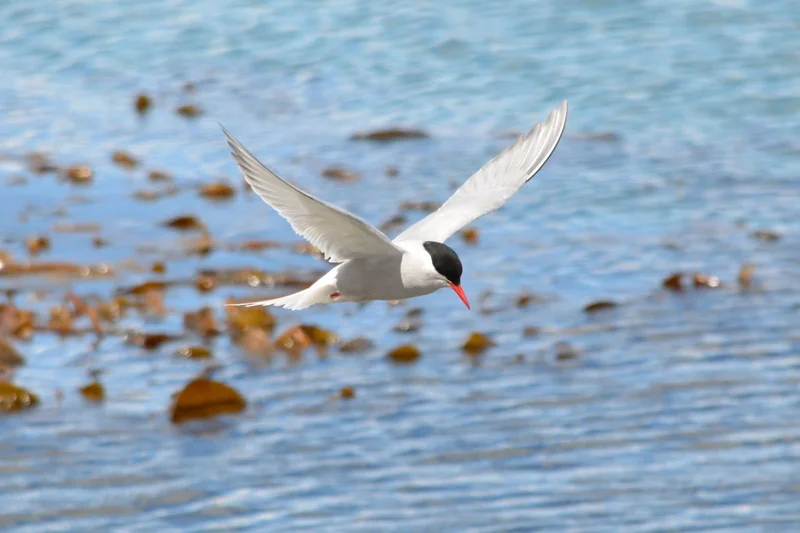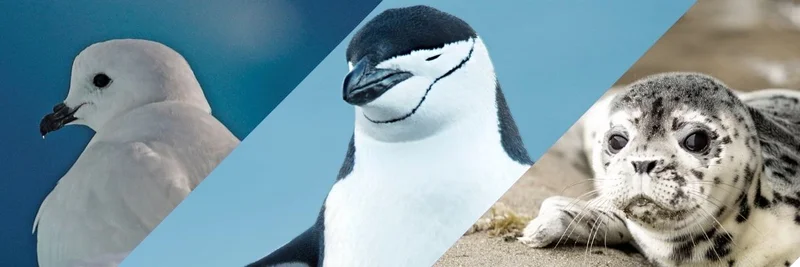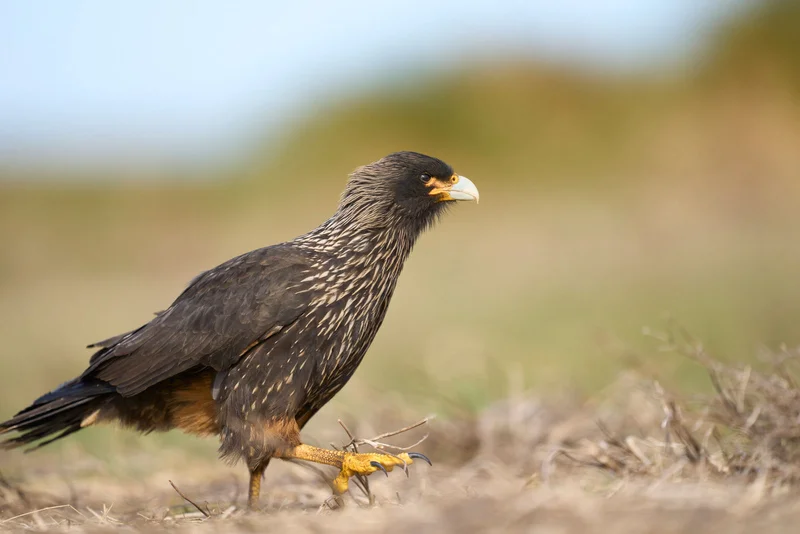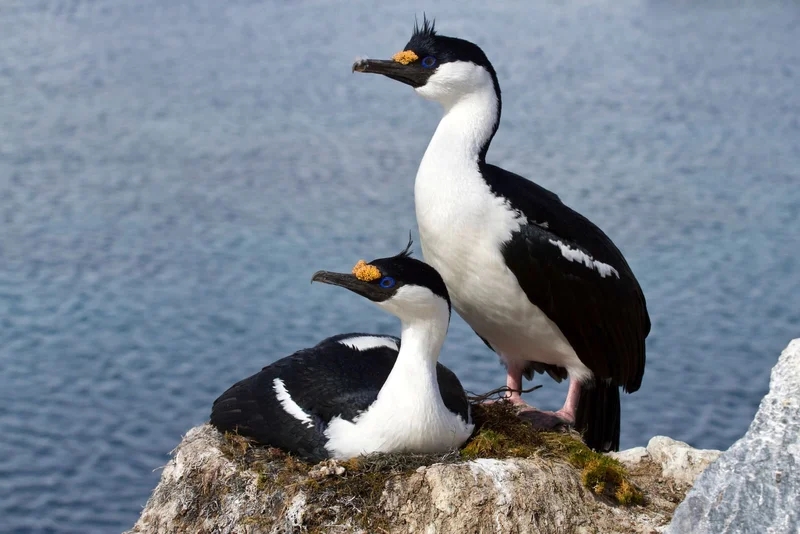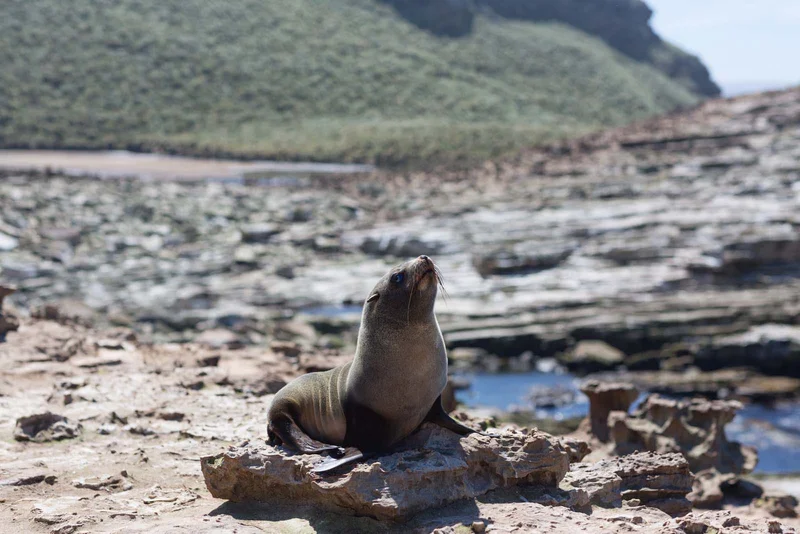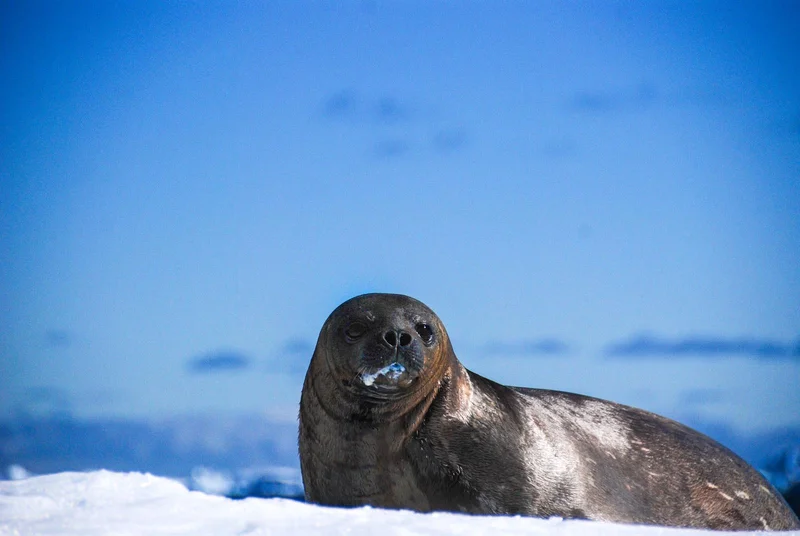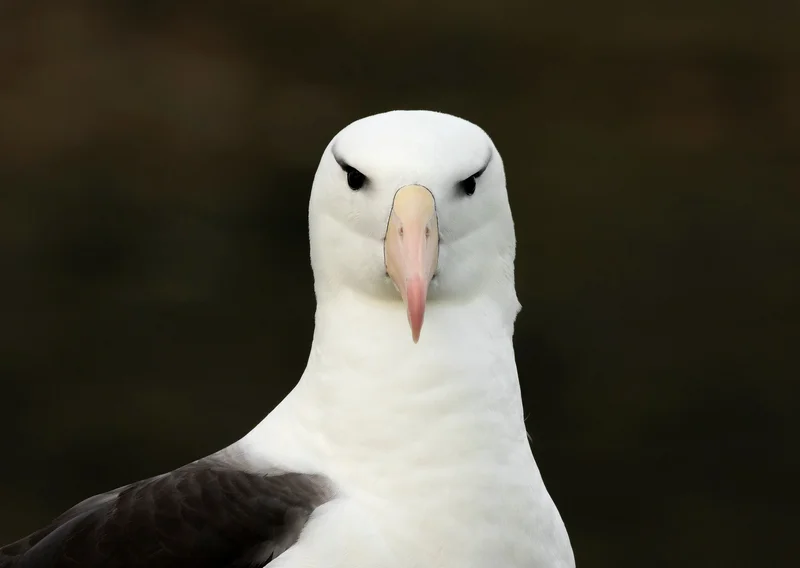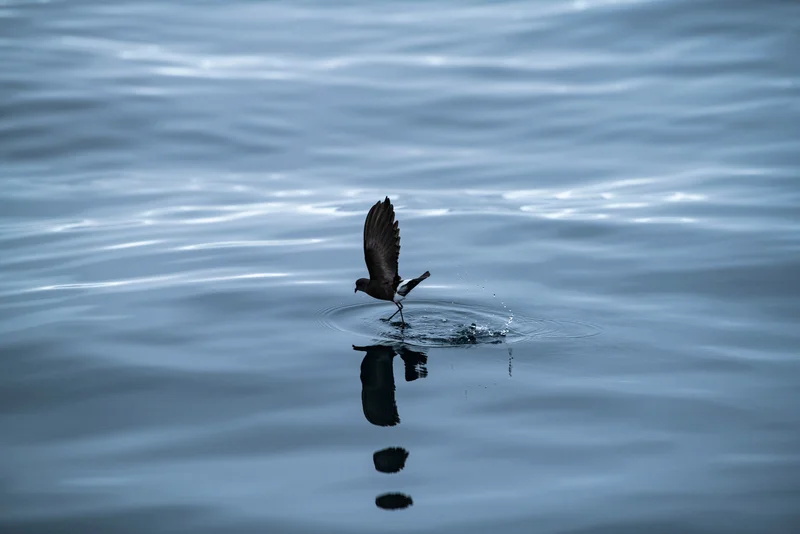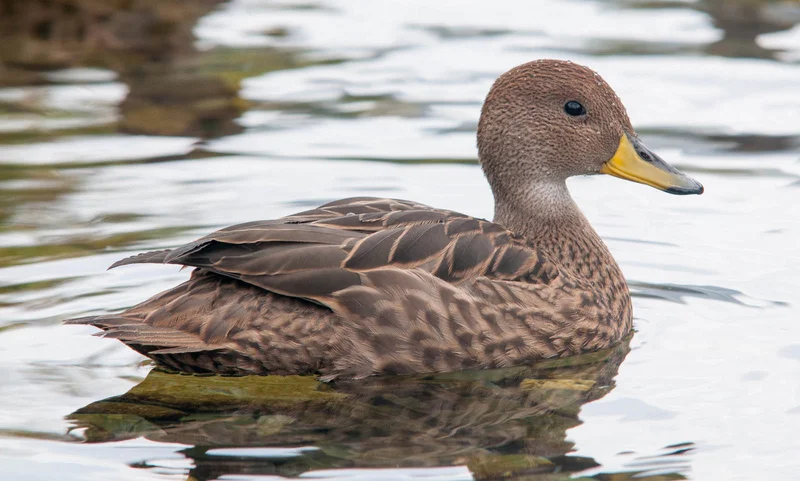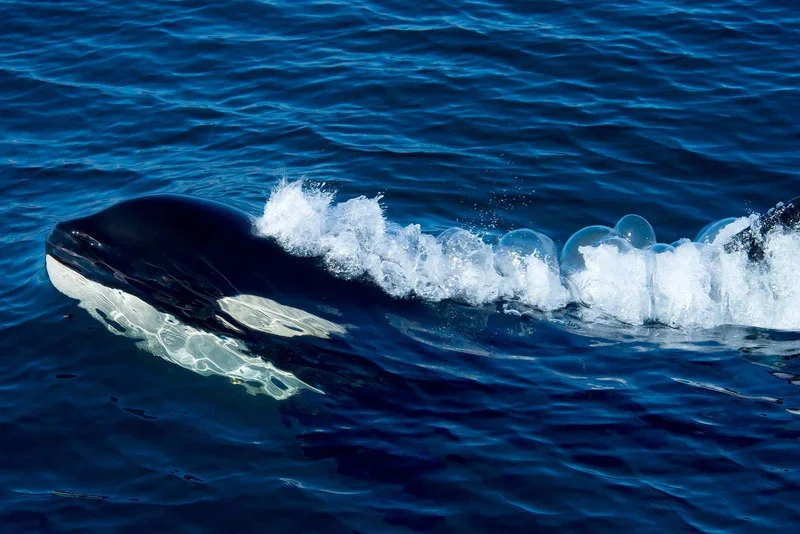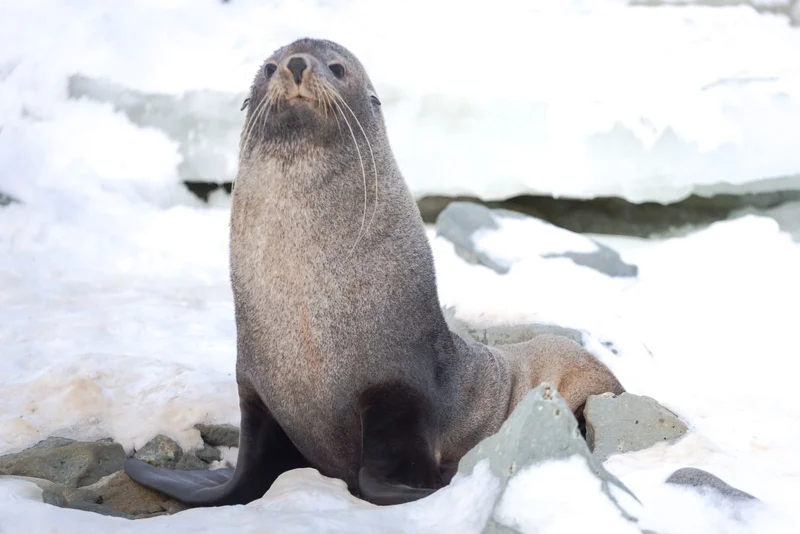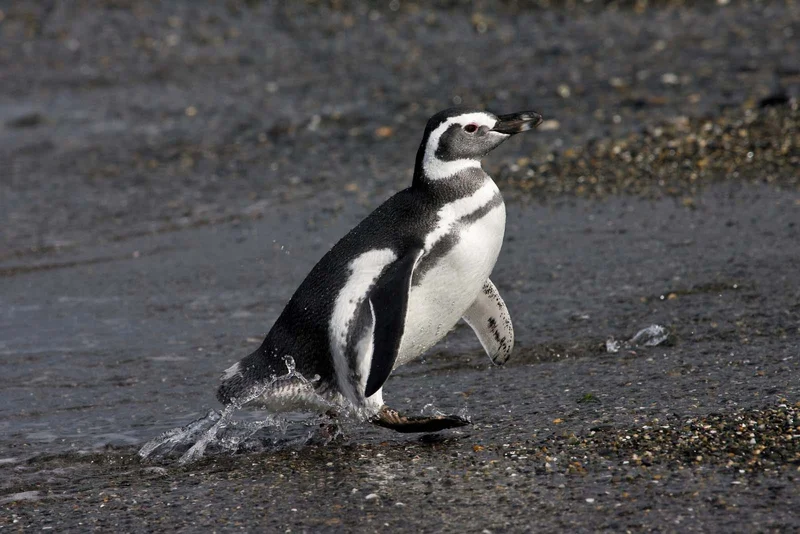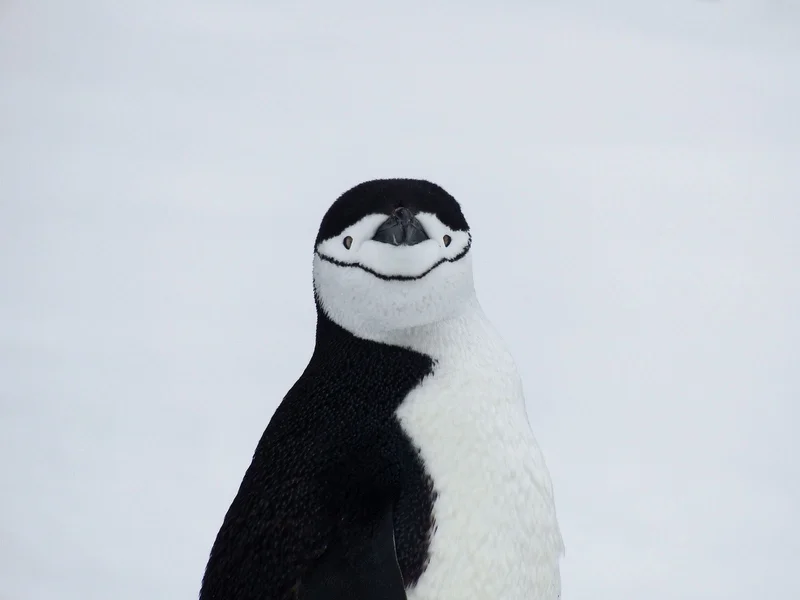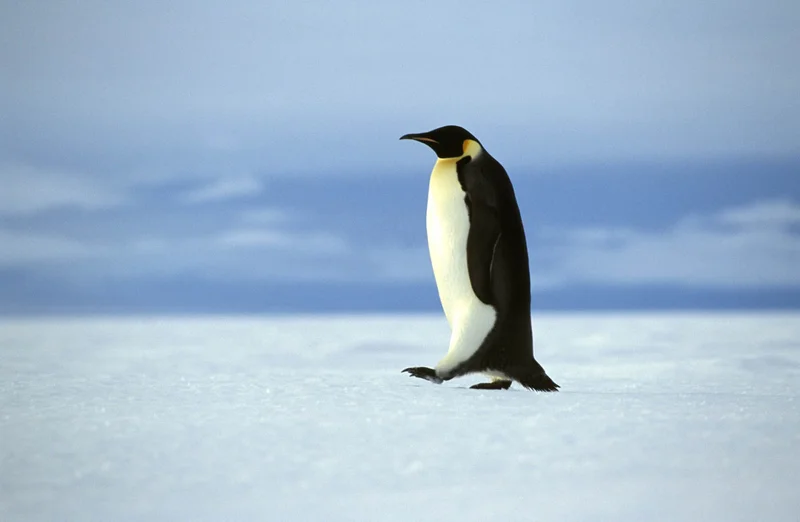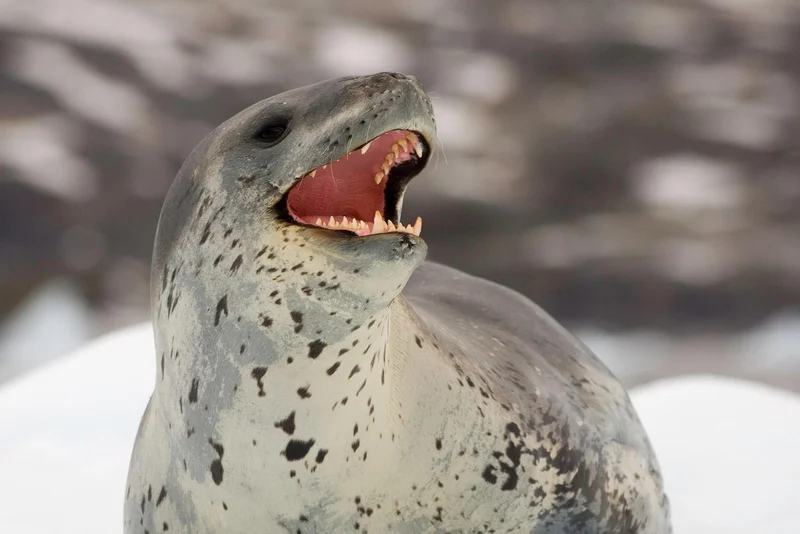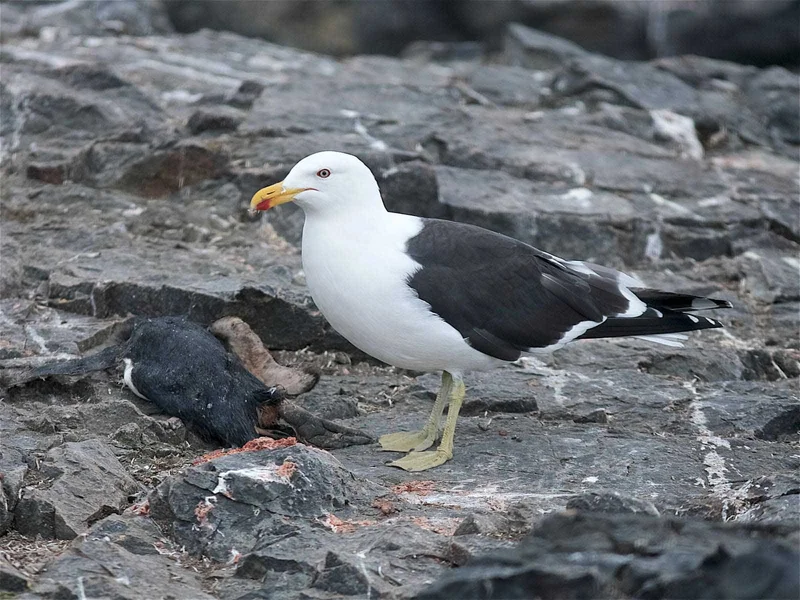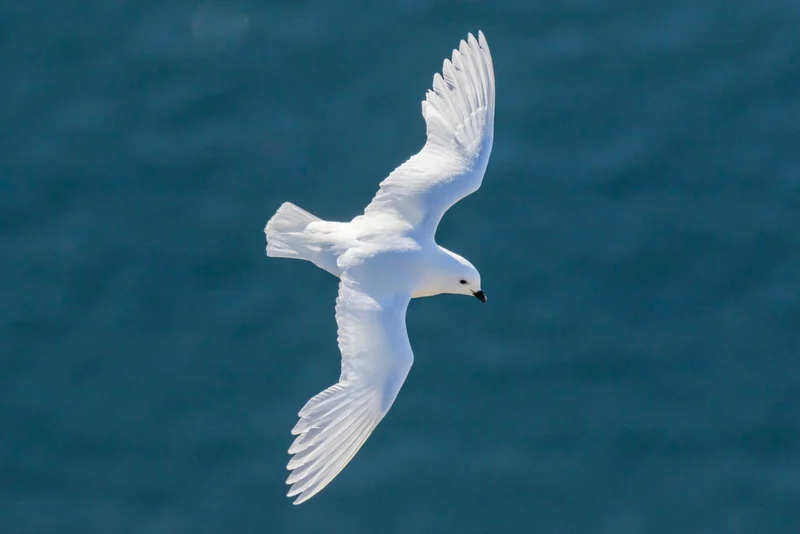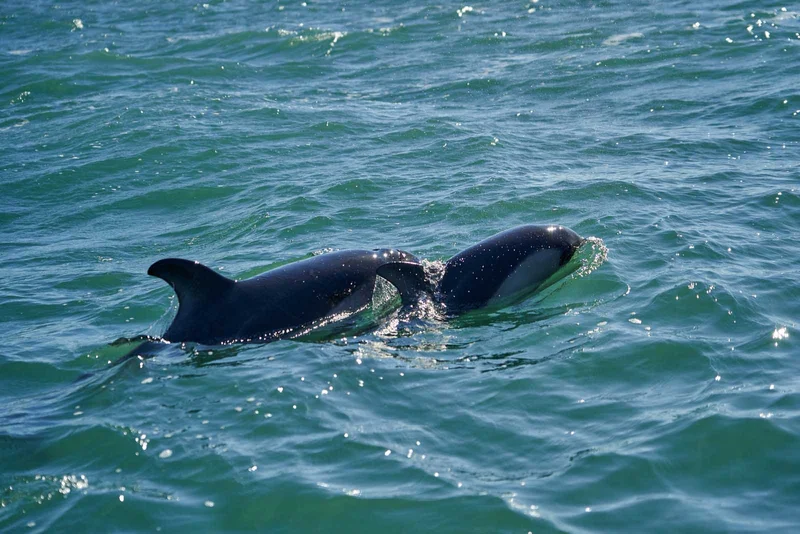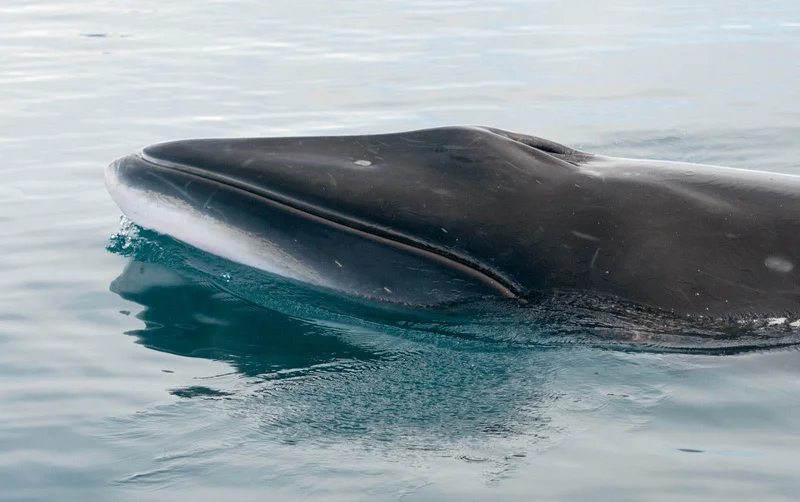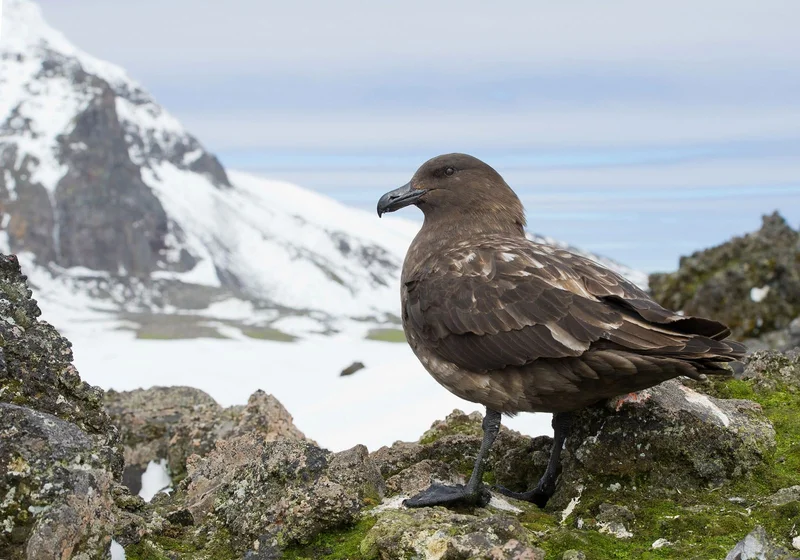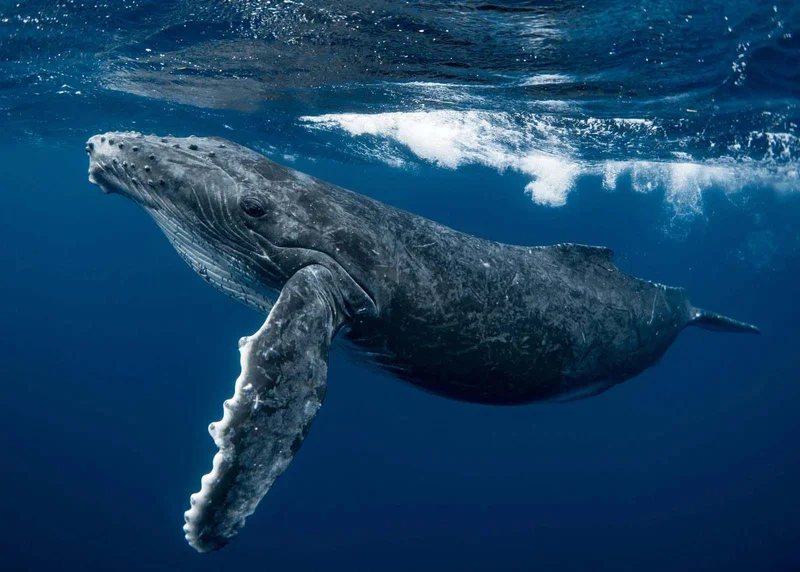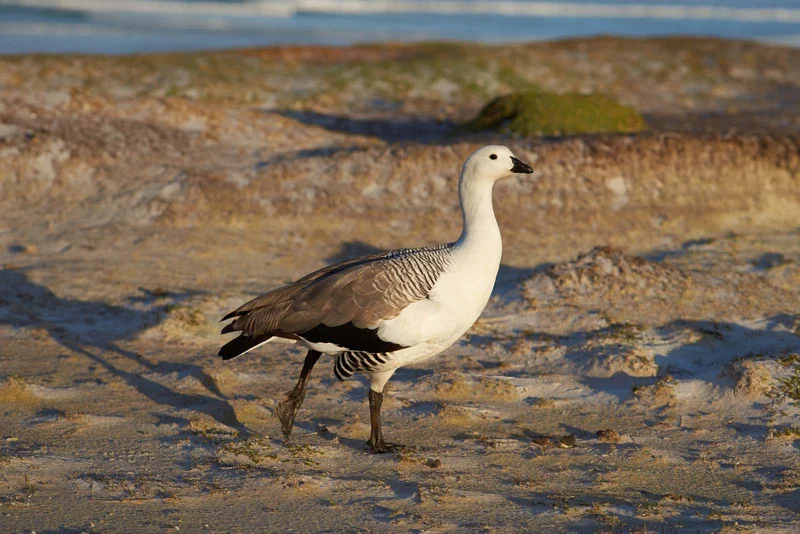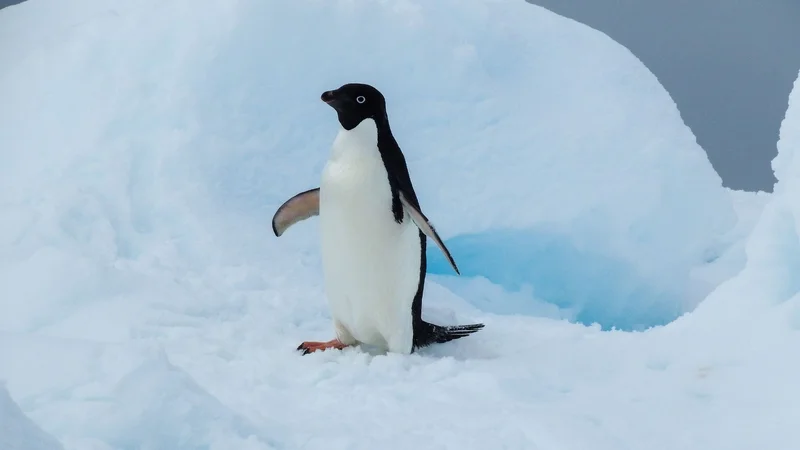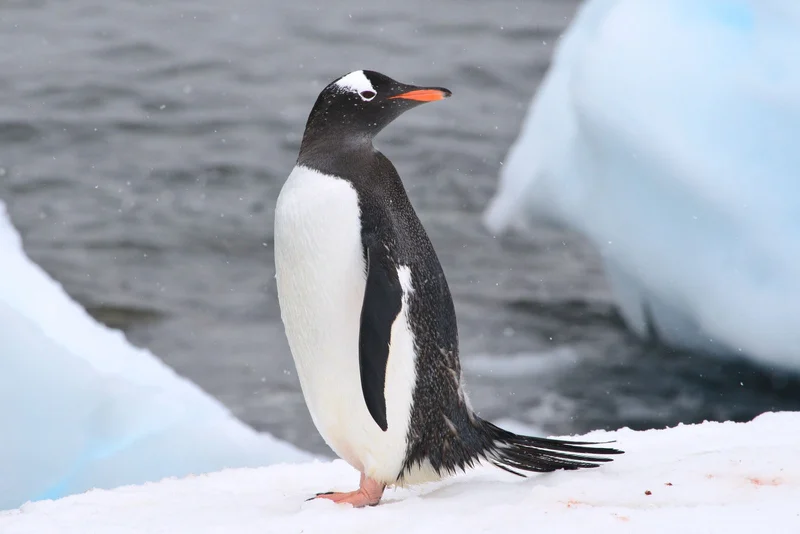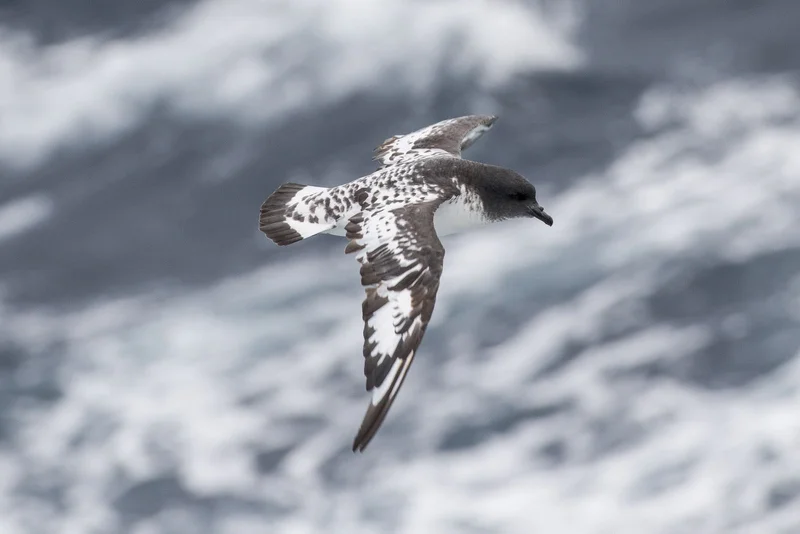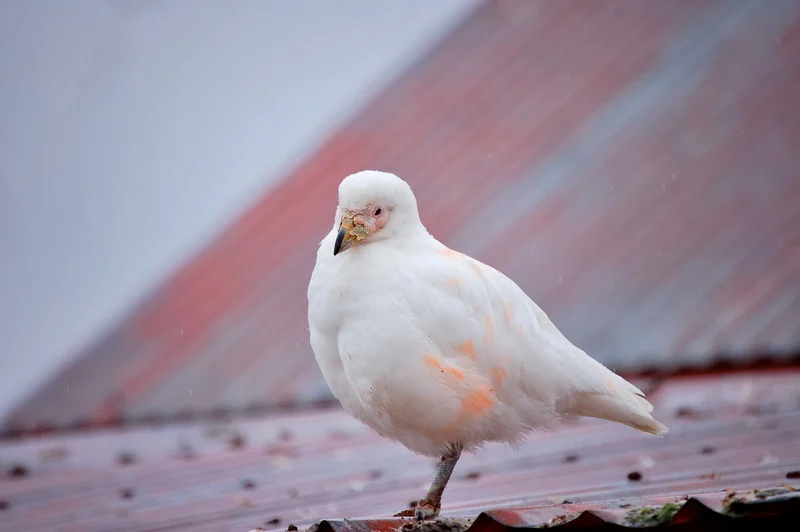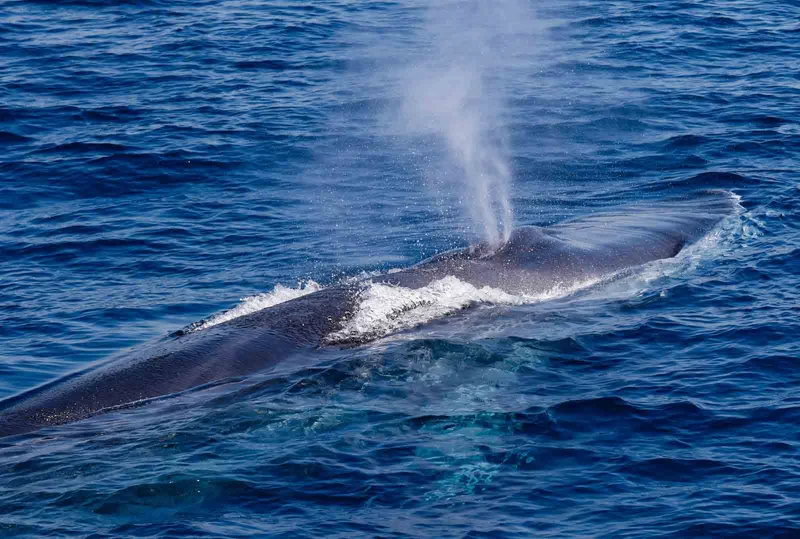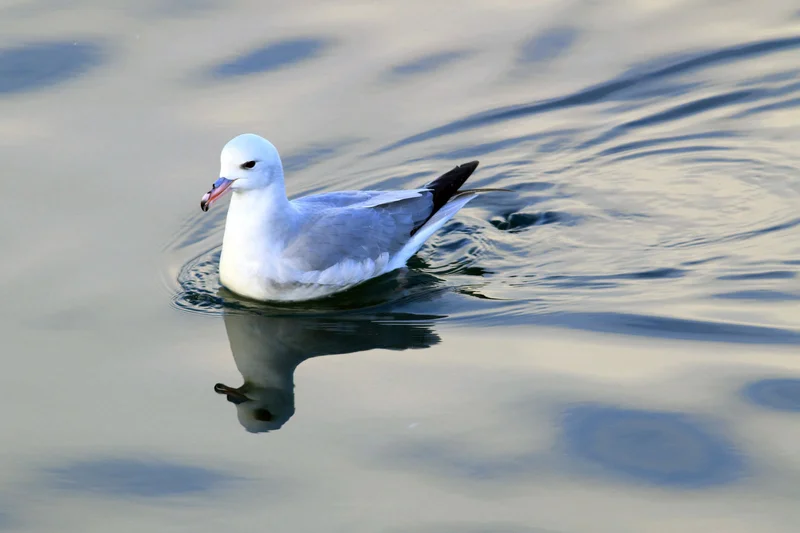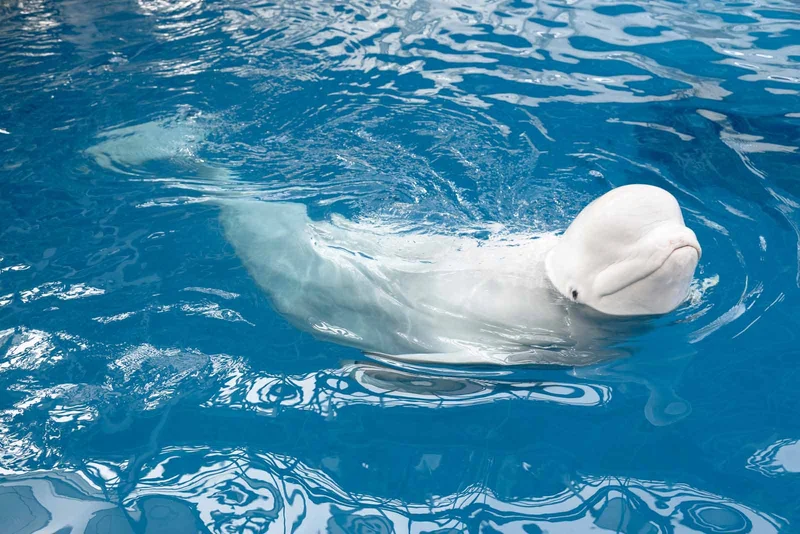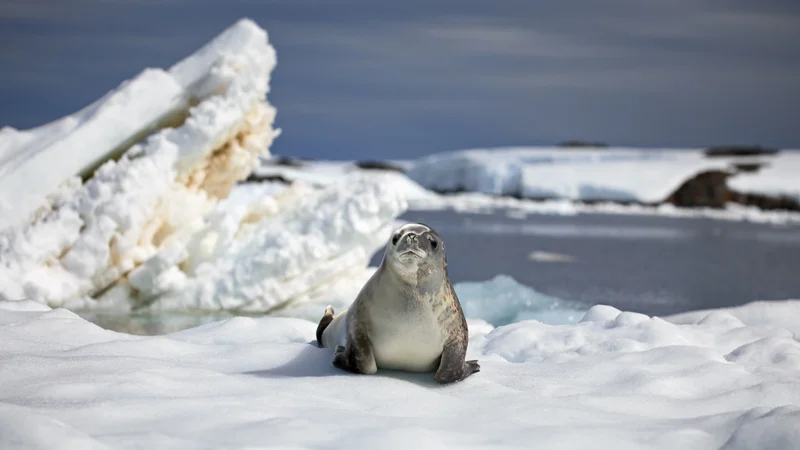Essential Imperial Shag or King Shag Information
The Imperial Shag, commonly referred to as the King Cormorant in the Falklands, is actually the same species, with the name variation depending on the region and field guide. This bird belongs to the group of Blue-Eyed Shags, which also includes the South Georgia Shag and Antarctic Shag.
Physical Characteristics
Standing about 75 cm (30 inches) tall and weighing around 3 kg (7 lbs), the Blue-Eyed Shag is a striking black-and-white bird. It has a wingspan of approximately 1.2 meters (4 feet), though unlike other cormorants, it doesn’t need to dry its wings after diving. This is due to its dense under-plumage, which provides a waterproof barrier essential for surviving the freezing Antarctic waters. The "blue eye" that gives the species its name is actually blue skin surrounding the eye, not the eye itself. A yellow, warty growth above the bill adds to its unique appearance.
Breeding and Nesting
During the breeding season, Imperial Shags form pairs to build cone-shaped nests from beach debris, seaweed, feathers, and their own feces. Both partners share incubation duties, with the male focusing on feeding the chicks and the female keeping them warm until they develop downy feathers. A notable sight during this time is how the chicks feed—by sticking their heads down the throats of the adult birds, which can look quite uncomfortable, especially as the chicks near fledging size.
Feeding and Diving Abilities
As diving birds, Imperial Shags are adept hunters. They can dive as deep as 80 feet to catch fish and crustaceans, their primary food sources. Their dense feathers and streamlined bodies allow them to thrive in the harsh, cold waters of the Antarctic region.
Interesting Facts
- Misleading Name: The "blue eye" refers to the blue skin around the eye, not the eye itself.
- Unique Feeding Behavior: Chicks feed by sticking their heads into the adults' throats, which can appear quite dramatic.
- Waterproof Feathers: Unlike other cormorants, Blue-Eyed Shags don’t need to dry their wings, thanks to dense under-plumage that prevents them from getting waterlogged.
